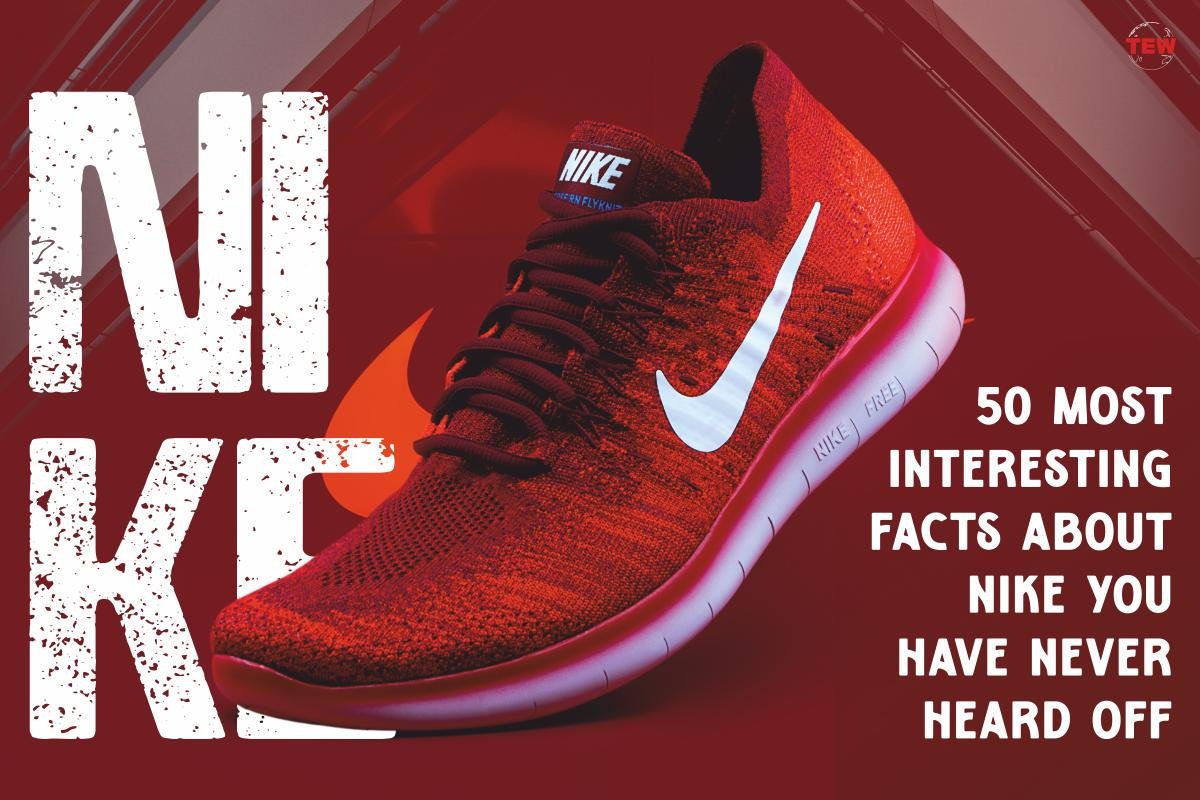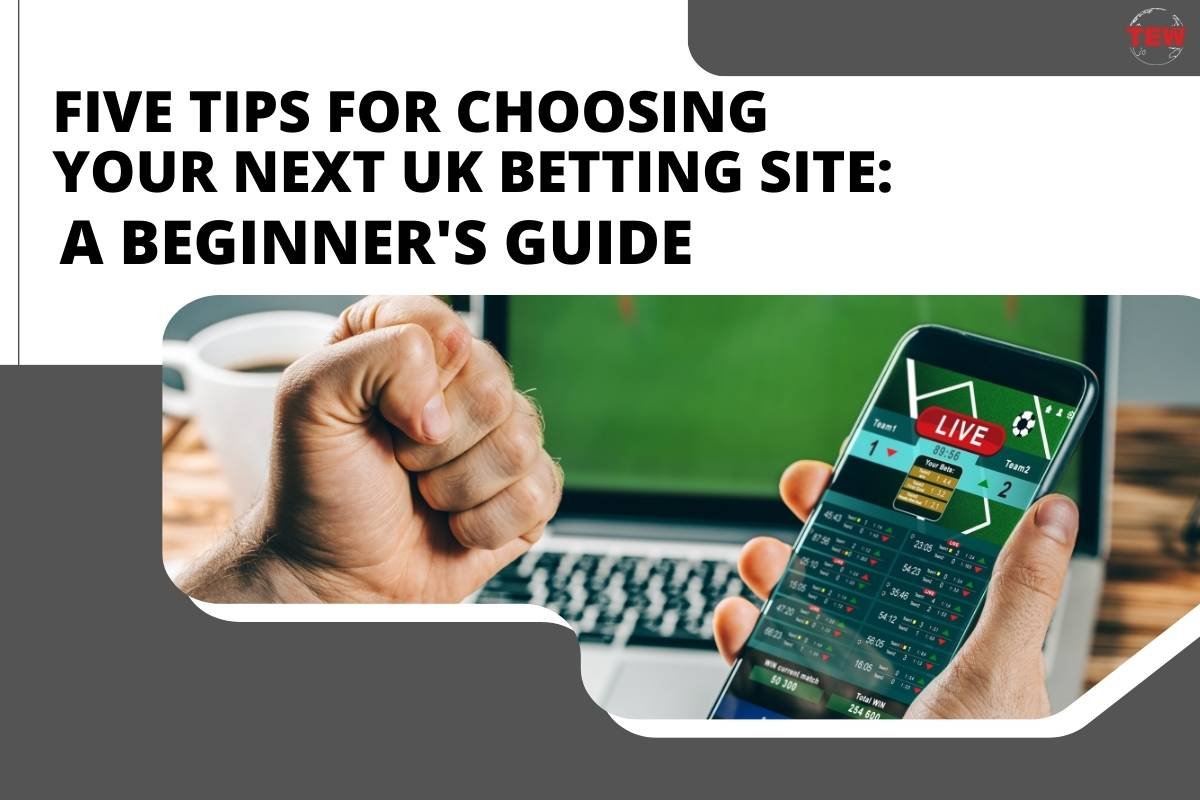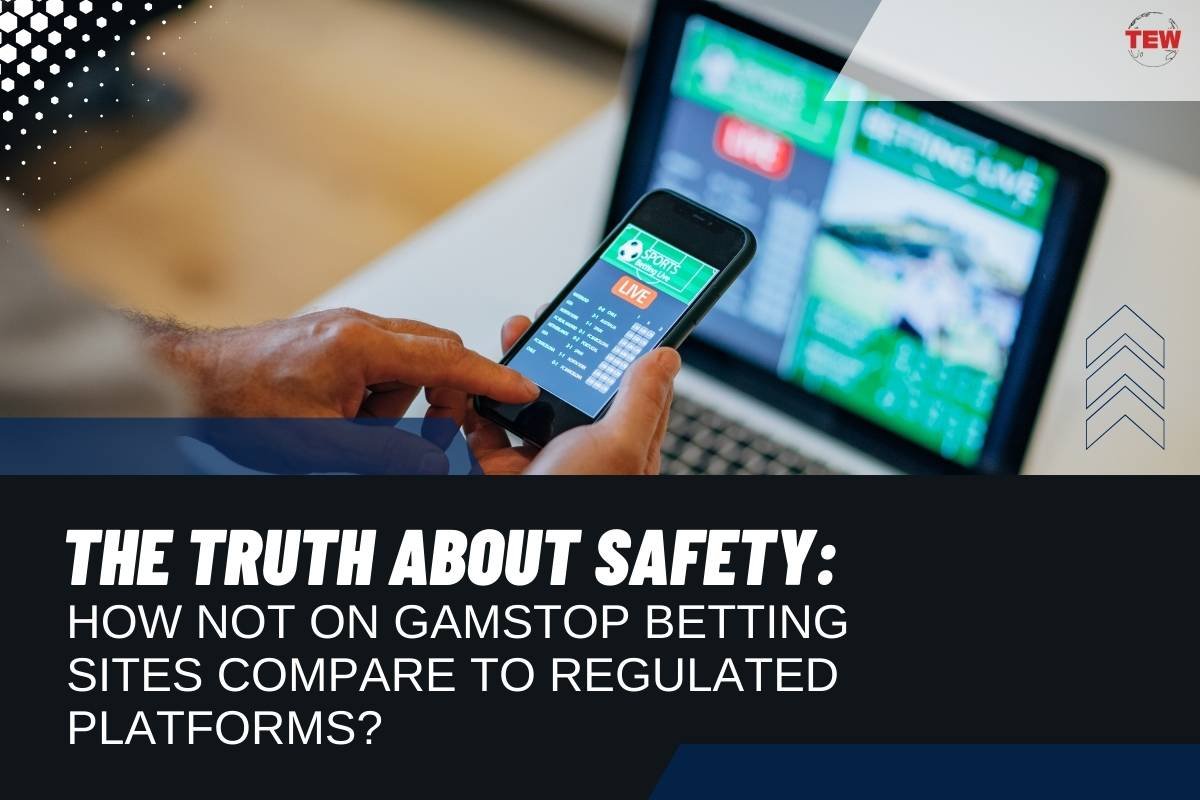Have you ever considered your brand as more than a concept that served the audience? If you’ve had concerns about specific indicators of your business illustrating some sort of decline, it’s time to get ahead of the competition and prioritize your brand’s health.
Don’t worry; this concept is not unexplored or difficult to grasp because it is composed of familiar metrics you’ve used before to analyze the performance of your company. Still, its newness comes in a detailed package and is presented as something more human. The term brand health is determined to push boundaries and encourage marketers to see things from another perspective for developing more precise and personalized strategies.
Companies must understand that the brand’s image is more than a logo and social media coverage. That’s why your organization’s brand should be the key to differentiating itself from the competition, which is a challenging achievement, so here’s how to approach brand health.
How is brand health defined?
A brand’s health is developed to identify strengths and weaknesses that drive sales or poor performance. In other terms, this technique addresses customer satisfaction in relation to the brand. And while there isn’t a right or wrong way to measure it, the key metrics can indicate the direction in which the brand is going. After conducting a proper evaluation, it’s safe to say if clients have any emotional connection to the brand itself rather than the company’s products, which is essential to improve.
If you’re wondering why you should include another metric in your strategy if there are so many of them arising from time to time, know that trends are changing, and considering the current behavioral relationship between customers and businesses, the ability to track brand health is a specific path to success.
How do you measure brand health?
Checking any signs of illnesses in your company may not sound that professional, but of course, it’s only a way of saying that your business has many things to improve. So, here are the main metrics you should keep an eye on during the brand consultation:
- What’s the condition of brand awareness? You should know that brand awareness is one of the most important metrics because it shows where your brand is the most present. So, watch in what countries your brand is most talked about and what social networks are most prevalent in these searches;
- What’s your brand reputation? This might be an area where you can’t really control things because people’s general opinion will reflect on your business no matter what you do, but being aware of any negative or positive sides will help you improve products and services;
- What’s your brand positioning? This metric provides insight into the thing your customers associate your brand with. Maybe they relate to what your business stands for or link it to something less positive and inspiring ―in this case, you need to make a considerable change;
What are some ways to collect data for your brand health movement?
Now that you know what you should strive to find, it’s time to acknowledge the ways of achieving those metrics. Of course, it all goes down to what the customer says because, besides biased and bored responses, you’ll find genuine concerns and views on your company, so here’s what you need to do:
- See what people are saying on social media. You can get a grasp of your company’s reputation and brand awareness simply by finding what customers say about their experience with you on platforms like news sites, blogs, and social apps. Luckily, there are tools that will do the work for you and monitor social media sentiment;
- Conduct surveys on focus groups. If you seek answers to specific questions, this method is best because it provides a deeper insight into how people perceive the brand, so you can position it somewhere on the market form where you can take it to the next level;
- Focus on the feedback offered by your existing customers. It’s necessary to see what’s happening inside your brand’s reputation, so if you have enough feedback to work with, create a perceptual map that includes metrics like why did clients choose your brand against the competition and what they like most and least about it;
Why keeping your brand healthy is the path to success
A healthy brand image is the best greeting card you can give to your clients and future prospects. People now have all the tools online to check a company’s situation, reliability, and performance and compare it to other options on the market.

Knowing this, you should understand that any unjust or dishonest aspect of your business will matter in people’s decision-making process, which is defined by five simple steps:
- They acknowledged a need or problem;
- They search for valuable information on how to receive solutions;
- They analyze the alternatives;
- They buy the best option for their situation;
- They give the product a thought and decide its actual value;
Of course, the most complex step is analyzing the alternatives because clients are evaluating prices, specific features, availability, brand image, and many other factors that vary in accordance with the target audience. It may be possible that younger folks look at the price first, while adults require quality first.
Regardless, you need to understand this thought process and get in your client’s head to know what they truly want. While this sounds impossible and also childish, marketers are lucky to be provided with numerous patterns of behavioral changes and actions of customers from different industry branches. At the same time, many examples of how organizations underestimated their brand health are inspiring for the next generations of businesses. So, there’s plenty of information available and a lot of it can be easily acquired, so it’s all about the effort of making a change.
What’s your company’s health condition?
It’s time to take your company to a doctor’s appointment and see what its strengths are to take advantage of and weaknesses to improve. With continuous research and innovation, your business will thrive in times of economic struggles.





